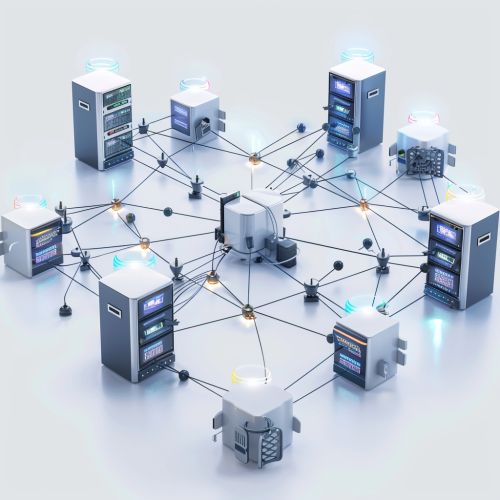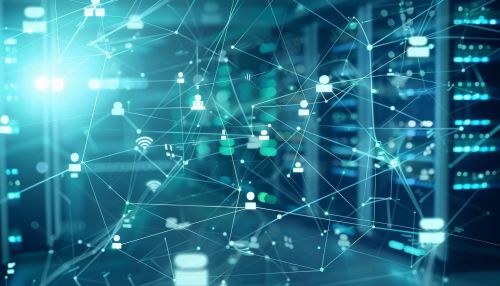Fog Computing
Overview
Fog computing, also known as fog networking or fogging, is a decentralized computing infrastructure in which data, compute, storage and applications are distributed in the most logical, efficient place between the data source and the cloud. This concept is a response to the increasing amount of data being generated by IoT devices and the need for faster processing and analytics to make use of this data.


History
The term "fog computing" was coined by Cisco in 2014, but the concept has its roots in earlier distributed computing models. The emergence of IoT and the massive increase in data production necessitated a new model to handle this data efficiently. Fog computing emerged as a solution to this challenge, offering a way to reduce the strain on network infrastructure by processing data closer to its source.
Architecture
Fog computing architecture consists of three main components: the fog nodes, the fog network, and the cloud.
Fog Nodes
Fog nodes are the physical devices that provide the computing, storage, and networking resources to execute services. These can be IoT devices, gateways, or even more powerful computing devices such as servers.
Fog Network
The fog network is the communication infrastructure that connects the fog nodes and allows them to communicate with each other and with the cloud. This network is typically a combination of wired and wireless connections.
Cloud
The cloud in fog computing architecture is the ultimate destination for data that has been processed and analyzed at the fog level. It provides additional computing and storage resources and is responsible for long-term data storage and more complex data analysis tasks.
Advantages
Fog computing offers several advantages over traditional cloud computing models, particularly in relation to IoT applications.
Reduced Latency
By processing data closer to its source, fog computing can significantly reduce latency. This is particularly important for applications that require real-time or near-real-time responses, such as autonomous vehicles or industrial automation systems.
Improved Security
Fog computing can also improve security by reducing the amount of data that needs to be transmitted over the network. By processing data locally, sensitive information can be kept on-premises, reducing the risk of data breaches.
Scalability
Fog computing offers improved scalability compared to traditional cloud models. By distributing resources across a network of fog nodes, the system can easily scale to handle increased data volumes.
Challenges
Despite its advantages, fog computing also presents several challenges that need to be addressed.
Security and Privacy
While fog computing can improve security by reducing data transmission, it also introduces new security and privacy challenges. For example, fog nodes are often physically accessible, making them vulnerable to tampering or physical attacks.
Management Complexity
Managing a distributed network of fog nodes can be complex. This includes challenges related to resource allocation, load balancing, and fault tolerance.
Interoperability
Interoperability between different fog nodes and between fog and cloud systems can also be a challenge. This is particularly true in environments where devices and systems from different manufacturers are used.
Applications
Fog computing can be used in a wide range of applications, particularly those that require low latency, high security, and scalability. These include:
- Autonomous Vehicles: Fog computing can provide the low latency required for real-time decision making in autonomous vehicles.
- Smart Cities: In smart cities, fog computing can be used to process data from a wide range of sensors and devices, improving efficiency and reducing strain on network infrastructure.
- Healthcare: In healthcare, fog computing can be used to process data from medical devices in real-time, improving patient care and outcomes.
- Industrial Automation: Fog computing can provide the real-time data processing required for industrial automation systems.
Future Trends
As the IoT continues to grow, it is expected that the need for fog computing will also increase. Future trends in fog computing may include the development of standardized architectures and protocols, improved security measures, and the integration of fog computing with other emerging technologies such as edge computing and 5G networks.
